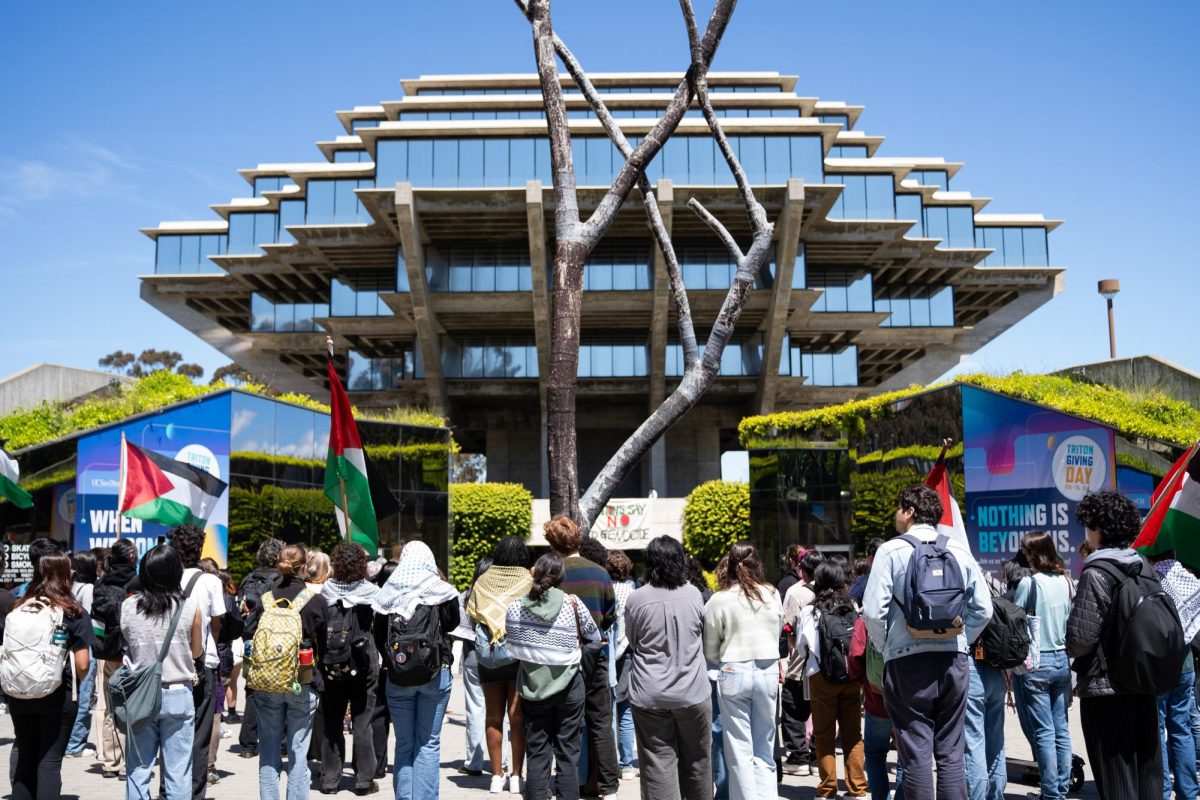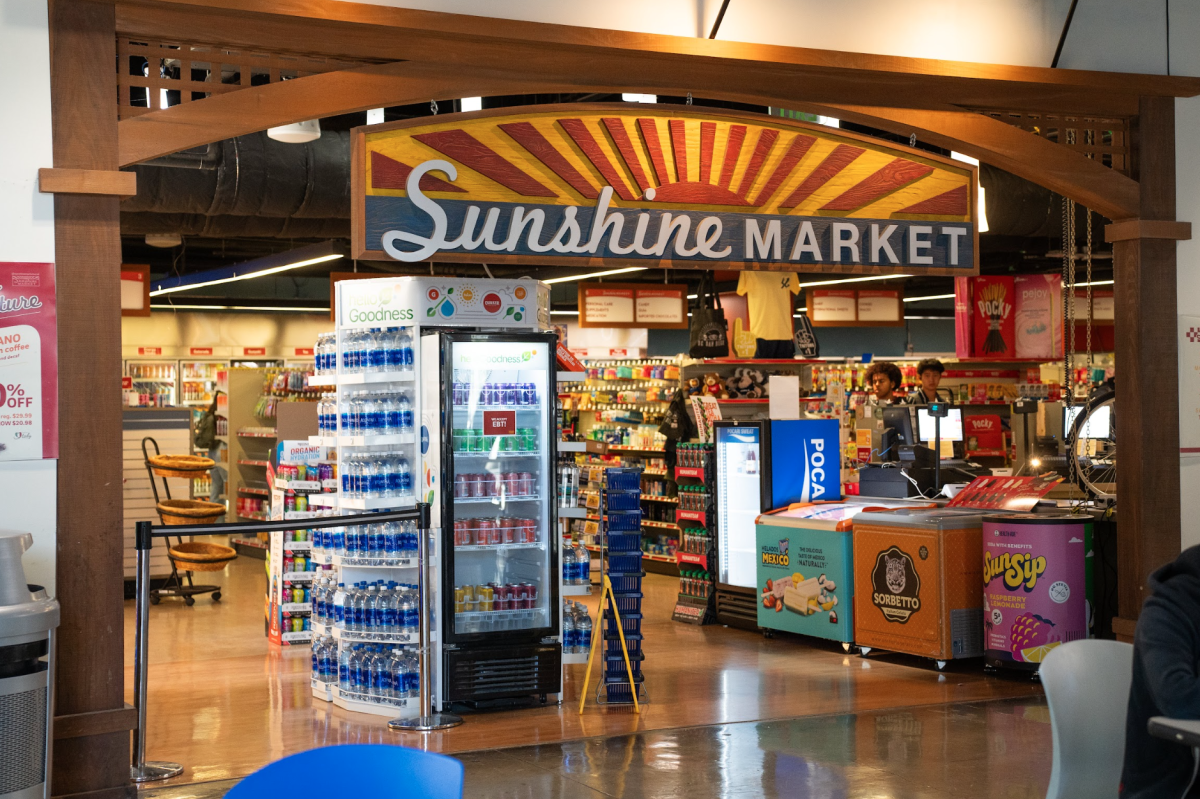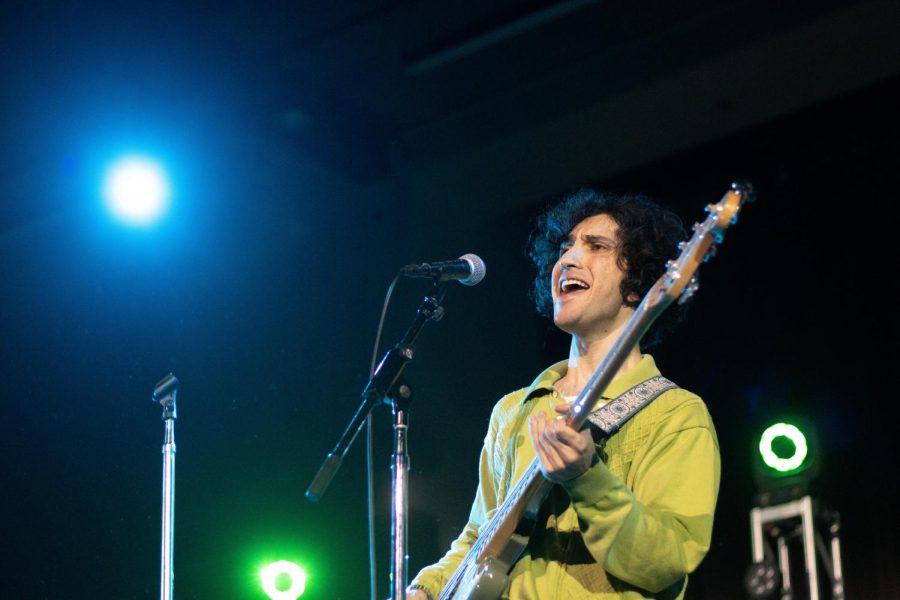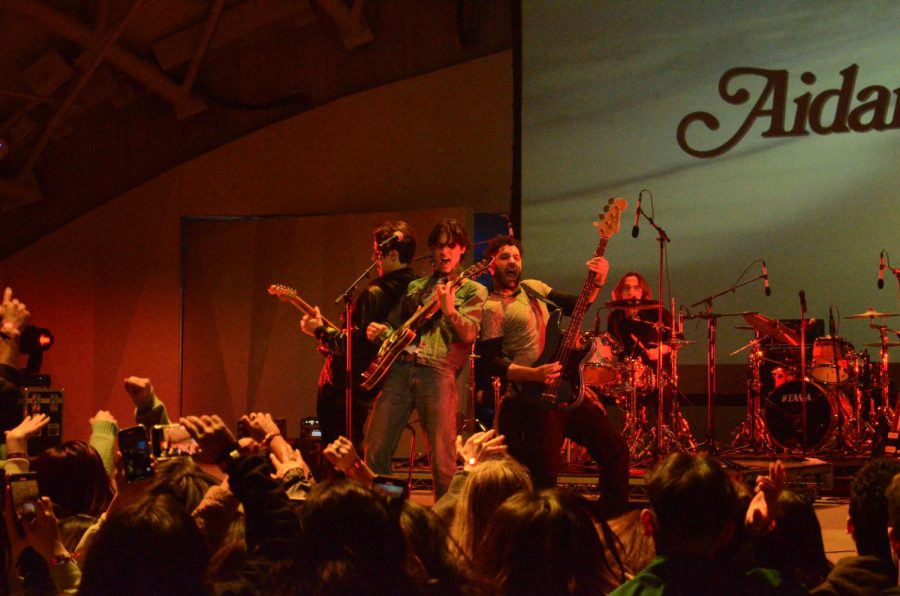UCSD, and a cohort of local institutions, recently received a $10.5 million grant from the National Science Foundation for the purpose of creating a Center for Theoretical Biological Physics. While no new lab space will be created for biologists and physicists interested in mathematically modeling biochemical phenomena, this initiative will facilitate collaboration among these diverse fields.
The grant is one of the seven major grants the NSF awarded to research institutions this year. UCSD took three others, making it — in conjunction with The Salk Institute, The Scripps Research Institute and the San Diego Supercomputing Center — the leading recipient of NSF physics funding this year.
The principal investigators involved in soliciting the NSF grant were UCSD physics professors Jose Onuchic and Herbert Levine, as well as TSRI biophysics professor Charles Brooks III, all of whom will co-direct the center.
As far as the immediate impact of the funding on research at UCSD, it should coax researchers to collaborate more than generate new projects.
“”The center does have some specific research projects to ‘get things going,’ but most people I talk to think the excitement comes from having a large visitor program, outreach in the form of courses and conferences and in bringing together people who are interested in a wide variety of problems,”” said David Case, a molecular biologist at TSRI who will be involved in the center. “”By providing a stimulating environment and a flexible approach, I expect the CTBP to be devoted to a much larger extent than most projects in new venues of research.””
It remains to be seen how the introduction of this new center will affect undergraduates and current researchers in the long run. “”The overall collaboration that SDSC will be part of will be new applications and extensions of ongoing research, rather than completely new lines of [research],”” said Paul Tooby, a senior writer for SDSC.
“”What is significant in this research, as in much of modern scientific research, is the collaboration itself.””
Participants in the CTBP project are excited about the possibilities the new center presents for the world of scientific research.
“”What this does is mark the coming together of work in two scientific areas that have not had [joint] facilities; it recognizes and emerging field,”” said Keith McKeown of TSRI.
Biophysics is a burgeoning field and is expected to become an increasingly important part of scientific inquiry into the molecular biology and physics world. The questions scientists seek to answer in this field pertain to the mathematical modeling of biological events, activities or pathways.
An example one researcher gave of how the grant can be used for interdisciplinary study includes using computer-based visualization tools to illustrate and understand the 50 proteins and numerous RNA molecules of the ribosome more completely.
Other research will be done on the level of the whole cell or even population dynamics — a task made easier by the proximity to the SDSC.
Numerous UCSD professors are slated to be involved with this project, including physicists Henry Abarbanel, Terrance Hwa, David Kleinfeld and Wouter-Jan Rappel, as well as biochemistry professors Kim Baldridge, J. Andrew McCammon and Peter Wolynes.







